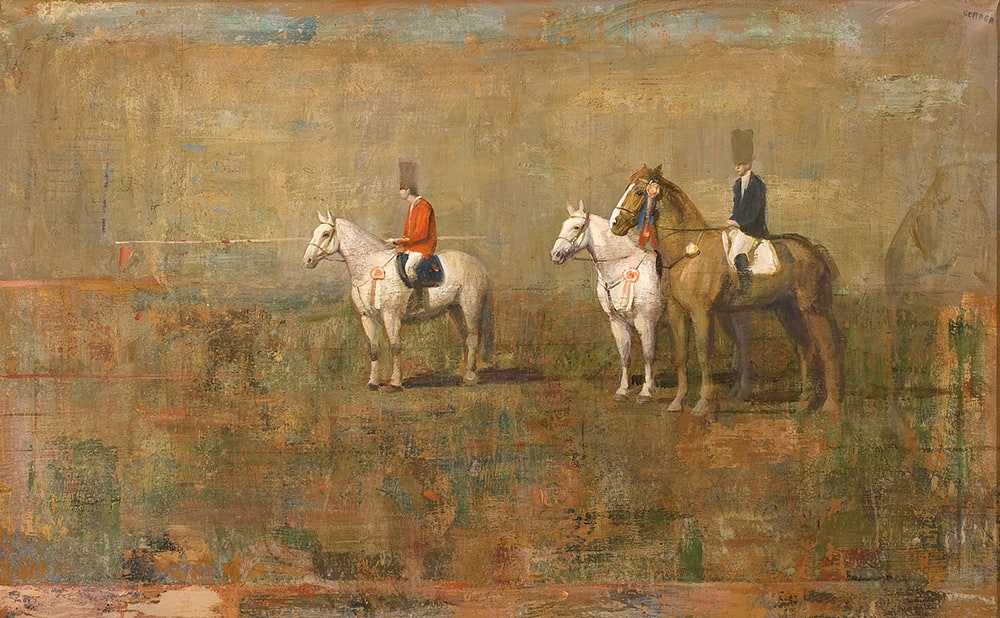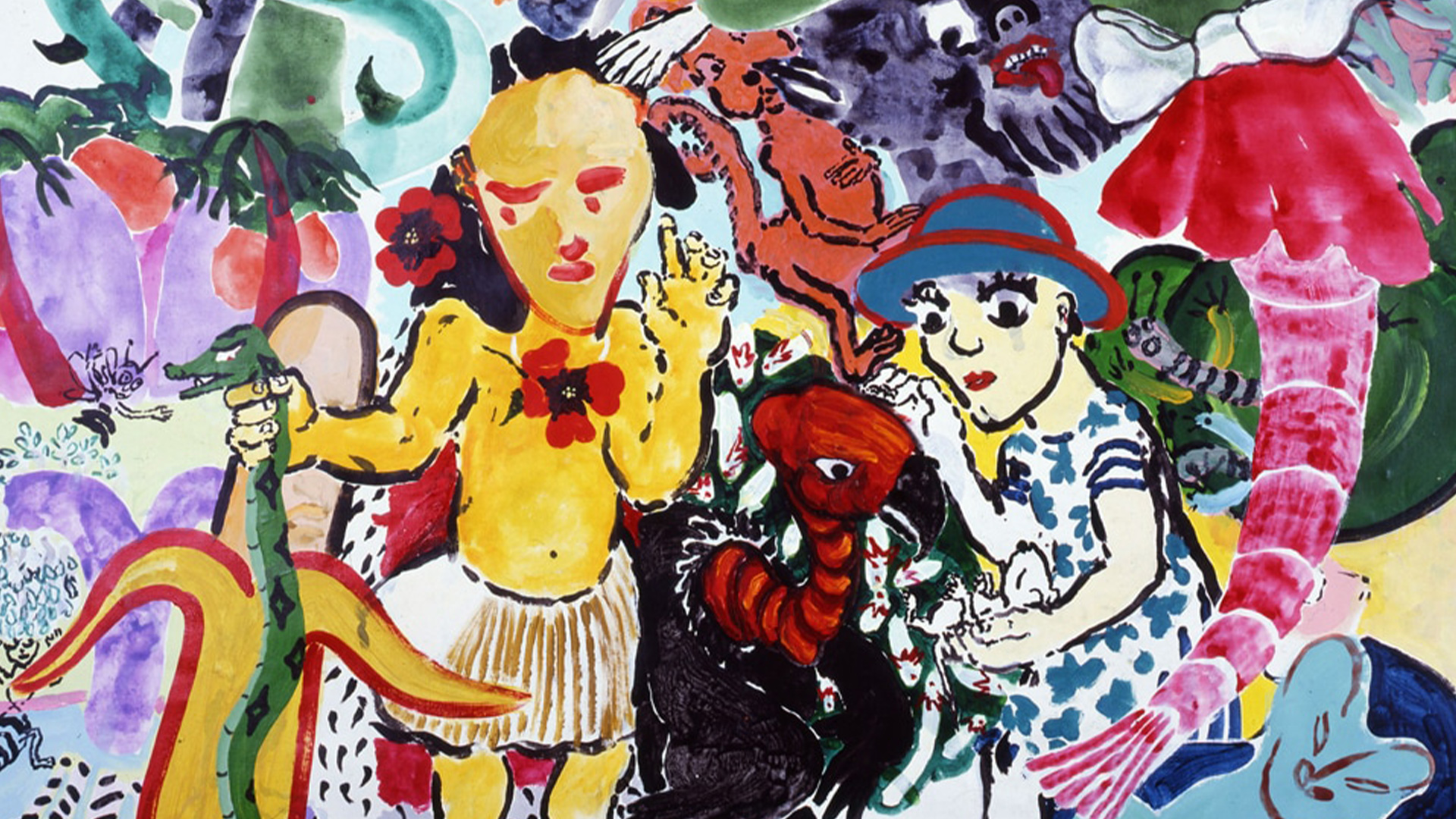Alice dos Reis, 2019
15’
Undercurrent is a science-fiction film about a marine biologist who is leading a project for the mapping of one of the deepest areas of the North Atlantic Ocean. Her project depends on the controversial use of a developing biotechnology that works directly with a species of krill that live at low depths.
Throughout months of observation and communication, the marine biologist develops a relationship of friendship and kin with the krill swarm, while observing their movements through the nano-cameras incorporated into their bodies as they slowly move through the deeper zones of the ocean. As the end of her project approaches, the biologist is faced with ethical questions regarding her relationship to the non-human and the systems that mediate their contact with humans.

Mersad Berber (1940-2012), is one of the greatest and the most significant representatives of Bosnian-Herzegovinian and Yugoslav art in the second half of the 20th century. His vast body of expressive and unique works triggered the local art scene’s recognition into Europe as well as the international stage.

While Paula Rego belatedly was recognised as one of the leading feminist pioneers of her age, little has been written about her exploration of fluid sexuality. Indeed the current of sado-masochism in her drawings and paintings, has tended to encourage an understanding as a classic clash between the patriarchy and exploited women.
Tuesday - Saturday 10:00 - 19:00
Friday 10:00 - 22:00
Sunday 12:00 - 18:00
The museum is closed on Mondays.
On Wednesdays, the students can
visit the museum free of admission.
Full ticket: 300 TL
Discounted: 150 TL
Groups: 200 TL (minimum 10 people)